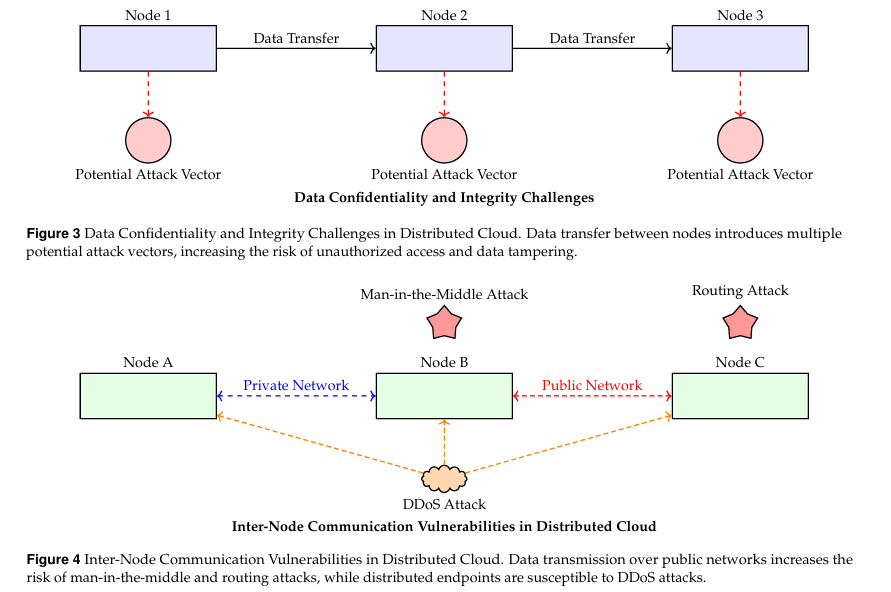Security in Distributed Cloud Architectures: Applications of Machine Learning for Anomaly Detection, Intrusion Prevention, and Privacy Preservation
Keywords:
anomaly detection, data privacy, distributed cloud security, federated learning, intrusion detection, machine learning, real-time threat responseAbstract
Distributed cloud architectures make it possible to process data closer to its source, increasing efficiency and responsiveness. This shift away from centralized systems means that each node in a distributed network potentially exposes a larger surface area for attack. In that respect, traditional security mechanisms based on fixed rules and centralized monitoring prove to be grossly inadequate to deal with the complex, decentralized, and highly dynamic nature of these environments. Machine learning provides adaptive, data-driven means to enhance security in these environments and will have all capabilities necessary to detect and respond in real time. This paper discusses the applications of machine learning techniques to secure distributed cloud infrastructures (i.e. anomaly detection, intrusion detection, and user authentication). Through the use of supervised and unsupervised learning, ML models can find network traffic deviations, identify unauthorized access attempts, and complement the detection of malware by studying behavior patterns rather than being bound by signatures alone. This paper also covers the privacy-preserving techniques adopted, including federated learning and differential privacy, which are fundamental in distributed clouds where data privacy regulations demand sensitive information remains localized. ML provides a flexible framework for controlling security risks through a distributed set of nodes for real-time threat detection and response while at the same time reducing the need for manual intervention. This analysis has presented the pragmatic strengths of ML in distributed cloud security and pointed out important future research areas to strengthen model robustness, scalability, and privacy compliance in cloud infrastructures.




